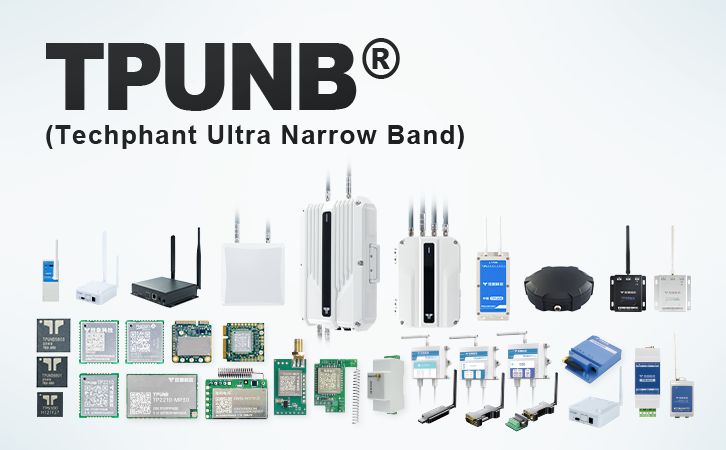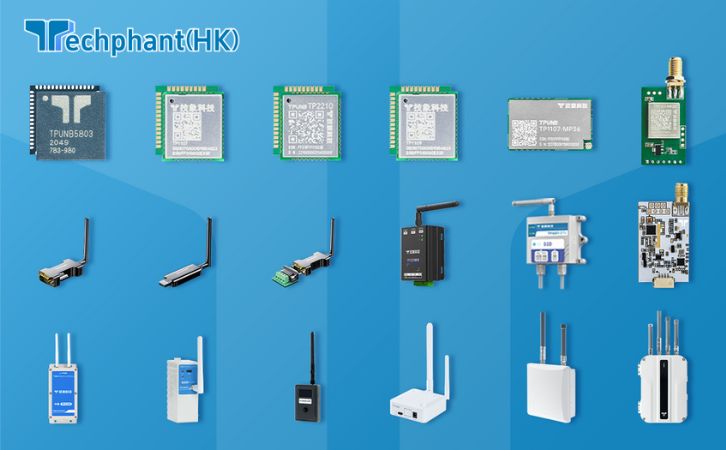Smart lighting systems represent a paradigm shift in illumination technology, leveraging IoT connectivity, sensor networks, and intelligent controls to create adaptive, energy-efficient environments. Below is a detailed breakdown of their operation:
1. Core Components & Architecture
Smart lighting systems comprise interconnected hardware and software elements:
Smart Luminaires: LED bulbs/fixtures with embedded microcontrollers, supporting features like color tuning (RGB/CCT), dimming, and wireless connectivity (Wi-Fi, Zigbee, Bluetooth) .
Control Devices:
Hubs/Gateways: Central bridges (e.g., Philips Hue Hub) that manage communication between user interfaces and lights .
Sensors: Motion (PIR), ambient light (photodiodes), ultrasonic, and sound sensors .
Switches/Dimmers: Physical or touch interfaces for local control .
User Interfaces: Mobile apps, voice assistants (Alexa/Google Home), and wall-mounted scene panels .
Integration Example: A BH1750 ambient light sensor detects daylight intensity → sends data via I²C to a microcontroller → adjusts LED brightness to maintain optimal illumination while saving energy .
2. Sensor-Driven Automation
Sensors enable context-aware lighting responses:
Motion Detection: PIR sensors (e.g., PIR12) detect human infrared radiation, triggering lights to activate upon entry and deactivate after a preset delay .
Ambient Light Adjustment: Photodiode-based sensors (e.g., BH1750) measure lux levels, dimming lights when natural light is sufficient .
Advanced Sensing: Ultrasonic sensors map room occupancy; sound sensors enable voice/clap-activated control .
Energy Impact: Such automation reduces energy consumption by 20–33% in offices and homes by eliminating unnecessary usage .
3. Communication Protocols
Data exchange occurs through wired/wireless protocols:
Wireless Protocols:
| Protocol | Advantages | Limitations | Use Cases |
|---|---|---|---|
| Zigbee | Low power, mesh networking | Requires gateway | Philips Hue |
| Wi-Fi | High speed, direct cloud access | High power consumption | TP-Link bulbs |
| BLE Mesh | Phone compatibility | Limited range | Xiaomi lamps |
Wired Protocols:
DALI (Digital Addressable Lighting Interface): IEC-standard protocol supporting up to 64 devices, enabling dimming, grouping, and daylight harvesting .
PLC (Power Line Communication): Uses existing wiring for data transfer, reducing installation costs .
Interoperability: Open protocols (e.g., DALI) ensure compatibility across brands .
4. Control Mechanisms
Users customize lighting via:
Scheduling: Time-based automation (e.g., “Sunrise Simulation” with gradual brightness increase) .
Scene Modes: Preconfigured settings for activities (e.g., “Movie Night” with dimmed lights) .
Voice/App Control: Real-time adjustments via voice commands or smartphone apps .
Integration with Ecosystems: Synchronization with security systems (e.g., lights flash during intrusions) or thermostats .
Example: A “Goodnight” scene turns off all lights, activates security lighting, and lowers window blinds .
5. Energy Efficiency & Sustainability
Smart lighting reduces energy waste through:
Adaptive Dimming: Lights operate at minimum required brightness, cutting power use by 30–70% .
Occupancy-Based Control: Lights deactivate in unoccupied spaces, saving ~30% energy in commercial buildings .
Daylight Harvesting: Automatic dimming in sunlit areas, yielding 20–30% additional savings .
LED Technology: 80% more efficient than incandescent bulbs, with 25.000+ hour lifespans .
Cost Impact: Homes using smart lighting report 20–50% lower electricity bills .
6. Security & Safety Enhancements
Anti-Theft Features: Randomized lighting schedules simulate occupancy during travel .
Emergency Response: Lights flash during fire alarms or guide exits via illuminated pathways .
Health Optimization: Tunable white lights align with circadian rhythms, improving sleep/wake cycles .
7. Installation & Scalability
Retrofitting: Existing fixtures can integrate smart bulbs or switches without rewiring .
Scalable Networks: Zigbee supports 65.000+ devices; DALI allows grouping into 16 scenes/groups .
Cloud Management: Enterprise systems (e.g., Thorlux) monitor energy use and faults across campuses .
8. Future Trends
AI Integration: Machine learning predicts user preferences and optimizes energy use .
Li-Fi: Experimental data transmission via light waves .
UV-C Disinfection: Smart fixtures with germicidal LEDs for automated sanitation .
Conclusion
Smart lighting systems transcend traditional illumination by merging IoT connectivity, sensor intelligence, and user-centric controls. They deliver unprecedented energy savings (20–70%), security enhancements, and personalized comfort while supporting global sustainability goals. As protocols standardize and AI matures, these systems will become foundational to smart cities and homes, transforming how humans interact with light.



